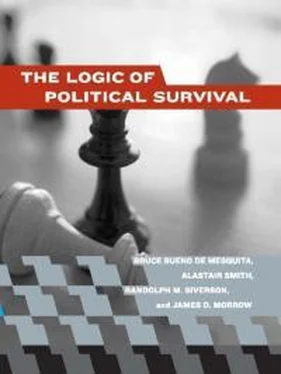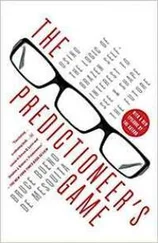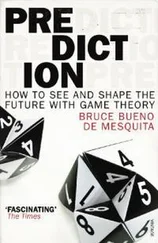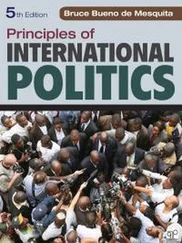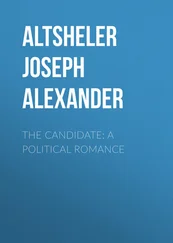2
The Theory: Definitions and Intuition
This chapter introduces the basic components of the selectorate theory. The theory consists of a family of closely related models, each of which produces the same core insights. In the next chapter we offer the basic model of the selectorate theory. After exploring some implications of this model, we expand on it in later chapters to include models that integrate aspects of international affairs into a theory of domestic politics. We also relax assumptions and investigate what the model indicates about the political-survival prospects of government leaders.
We begin by describing relevant sets of people within any polity. Nested within the residents of all polities is a selectorate and within that there is a winning coalition . Leaders , all of whom face challengers who wish to depose them, maintain their coalitions of supporters by taxing and spending in ways that allocate mixes of public and private goods . The nature of the mix depends on the size of the winning coalition, while the total amount spent depends both on the size of the selectorate and on the winning coalition. More specifically, leaders who depend on only a few to keep them in office, especially when they are drawn from a large pool of potential supporters, engender loyalty among their backers by providing them with access to ample personal, private benefits they would not otherwise have if they were not in the coalition. All else constant, with many supporters demanding rewards, the costs of personal benefits required to keep their loyalty are just too high. Instead, whether leaders are civic-minded or not, those who rely on a large coalition emphasize the production of goods that benefit everyone in their society. 1Because of the loyalty norm , leaders who rely on a broad-based coalition to remain in office cannot keep their supporters from defecting to a rival by offering substantial private benefits. Because of affinity between leaders and followers, not all members of the selectorate are equally attractive as members of the winning coalition.
This chapter provides detailed definitions of the principal concepts of our theory presented in italics in the previous paragraph. Chapter 3 uses those definitions in setting out the basic selectorate model, exploring the logic of the argument in careful but nontechnical form. A more detailed, formal mathematical account, along with logical proofs, is found in the appendix to that chapter.
The Elements of the Polity
All polities consist of three nested and changeable groups, as well as a national leadership and prospective substitute leaders, referred to here as the challenger . The largest of the three nested groups is the set of all residents within the state. Within this set of people there is a smaller group that has a formal role in expressing a preference over the selection of the leadership that rules them, though their expression of preference may or may not directly influence the outcome. We call this group the selectorate (Shirk 1993). Each member of the selectorate has some chance, albeit the probability may be small, of becoming an essential supporter of the incumbent. We call the subset of the selectorate whose support is essential if the incumbent is to remain in power, the winning coalition . When we say these backers of the leadership are essential, we mean that they control the resources vital to the political survival of the incumbent. If enough members of the winning coalition defect to a rival politician, the incumbent loses office. The smallest set of individuals is the leadership , which actually makes decisions about gathering and allocating resources. Because these different groupings of people are so important for our theory, we elaborate on each.
The Leadership ( L ) and Challenger ( C )
Every polity has one or more central individuals with the authority to raise revenue and allocate resources. These are the criteria that define what we mean when we refer to a country’s political leadership or leader ( L ). Although we generally speak as if the leadership is a single individual, nothing in our theory imposes that requirement. In an absolute monarchy or an absolutist tyranny of any sort, a single individual may hold the necessary authority or power to raise revenue through taxes and to allocate revenue to public works, to benefits for supporters, and to personal accounts. In other forms of government, the leadership may rely on several people who collectively have the authority over taxing and spending. In the United States, for instance, legislation setting policy requires the approval of a simple majority in the House of Representatives and in the Senate, as well as the approval of the president. Or, in the face of a presidential veto, the two legislative houses require a two-thirds majority in each. One might, loosely speaking, think of the leadership in the United States as the president, speaker of the House, and majority leader in the Senate. This of course is only an approximation, but it helps capture the central defining component of our use of the term leader or leadership : those who have the authority to raise taxes and allocate government funds to pursue chosen policies, including private uses of the monies as well as uses aimed at the general welfare.
Leaders are drawn from the selectorate, defined below. So too are political rivals who compete for leadership positions within the bounds of the polity’s structural arrangements. Later we expand the theory to examine the emergence of new leaders from outside the selectorate. At that time we discuss an endogenous account of institution selection and institutional change. Until then, however, we use the term challenger ( C ) to refer to an individual or would-be leadership group attempting to depose the incumbent leader within the “rules” or norms of transition in the existing system so that the challenger can gain control over policy choices regarding taxing and spending. 2Of course, in some forms of government the standard rules or norms for transitions include coup d’état, execution, and the like, so that the theory is not restricted to orderly transitions.
Although leaders and challengers are members of the selectorate, not all members of the selectorate are necessarily eligible to be the leader. We only assume that there is a pool of potential leaders, all of whom are members of the selectorate.
Challengers differ from incumbents primarily in terms of the information available to them. When we define the term affinity below we make clear the informational advantages that incumbents have relative to challengers. Other than the informational differences between those at the head of a government and those who aspire to that position, challengers and leaders can be thought of as otherwise equivalent so that one can substitute for the other. Indeed, the primary problem an incumbent faces in the selectorate theory is to figure out how to prevent being replaced by a challenger.
The Residents ( N )
A defining characteristic of every polity is the identification of the set of its members. The group of members or residents can be subdivided along a critical dimension: those in the selectorate, defined below, and those not in the selectorate. The latter are disenfranchised. They have comprised the vast majority of people throughout human history. They often are the cannon fodder of revolutions and wars. Typically, one goal of revolutions is to replace members of the selectorate with individuals from the disenfranchised group, or to add this group to the selectorate. Politics appears to be evolving so that the selectorate, roughly the citizenry, gradually expands to take in more and more members, thereby reducing the size of the disenfranchised group.
Читать дальше
